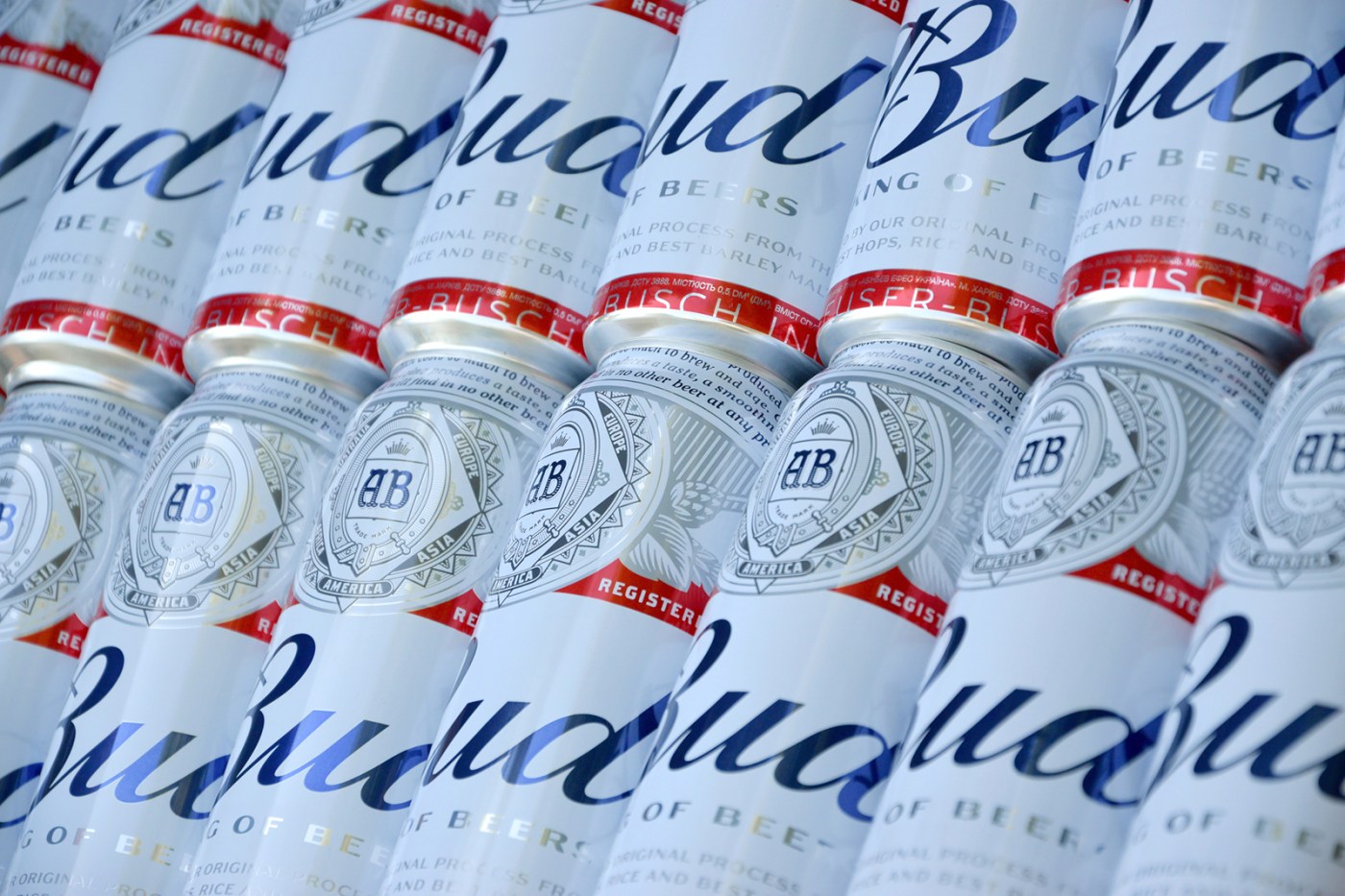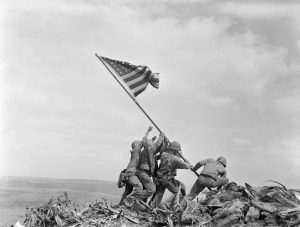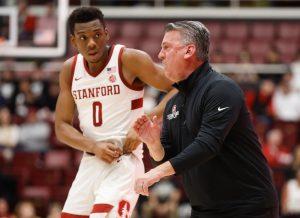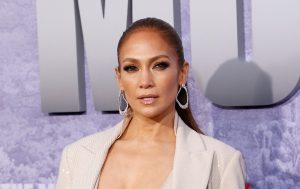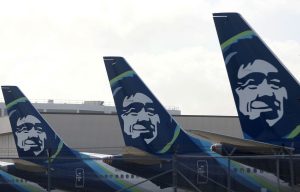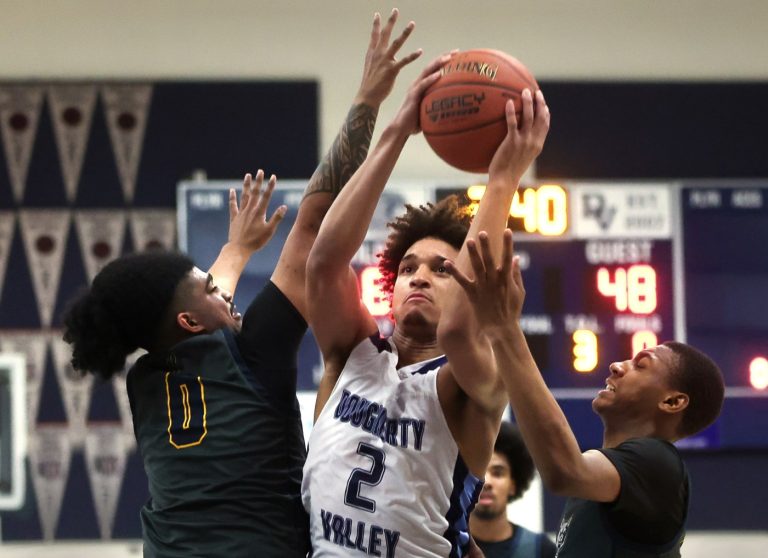Hannah Wyman | St. Louis Post-Dispatch (TNS)
ST. LOUIS — Anheuser-Busch InBev’s beer sales dropped by $1.5 billion in North America last year, but its nonalcoholic beer sales are exceeding expectations, a shift experts credit to consumers becoming more health-conscious and beverage choices expanding.
The company’s no-alcohol beer portfolio, which includes Budweiser Zero, Stella Artois 0.0, O’Doul’s and Busch NA, saw revenue growth “in the high teens,” according to A-B’s annual report.
It comes at a good time for the company. Consumers appear to be moving away from alcoholic beverages, according to a report on store-bought alcohol by market research firm Circana. Surveyed consumers’ preference for beer and hard cider shrank from 16% in 2020 to 13.5% in 2023. Wine dropped about 3% in preference, while the spirits/cocktails/coolers category decreased by 1%.
Customers are increasingly favoring soft drinks and sports/energy drinks, the report found.
But the shrinking preference for alcohol does not point to abstinence, said Scott Scanlon, Circana’s executive vice president of alcoholic beverages. Instead, consumers are less likely to overindulge — especially after drinking more during the pandemic — or are reevaluating their consumption, he said.
“While I think health and wellness is not a fad, I don’t think mocktails will be as big a category as beer,” Scanlon said. “People will just moderate instead of shifting to mocktails.”
According to Global Market Insights, the nonalcoholic wine and beer market is estimated to grow annually 7% between 2023 and 2032 and is set to surpass $30 billion by 2025. Data from NielsenIQ found that nonalcoholic beer took up more than 85% of nonalcoholic sales between August 2021 and August 2022.
Nonalcoholic beers are also being produced by local craft brewers, who are feeling the pinch of lower beer sales, too. Production for craft beer was down in 2023, with increased competition from other types of alcoholic beverages, according to the Brewers Association.
St. Louis craft brewer Schlafly has responded to the market trends by ensuring its pubs have robust nonalcoholic offerings, said Dan Jameson, head of brewpub operation. Schlafly debuted its own nonalcoholic pale ale for “dry January,” the trend where people kick off the new year by giving up alcohol.
“We have to look at everything and make sure we’re doing things today that respond to the needs of the marketplace just as any business would,” Jameson said. Customers are asking for the nonalcoholic brews, he said.
Growing demand
Nonalcoholic beer has gone mainstream. Budweiser Zero is the official beer of the seventh-inning cutoff time at baseball games in Canada, and Corona Cero will be featured as a leading global Worldwide Olympic Partner brand.
But A-B recently reported that it would not meet its 2025 target of 20% of the company’s total beer volume being no- and low-alcohol beer, a plan it announced almost a decade ago.
In 2023, less than 7% of its global beer volume was brands with less than 3.5% alcohol by volume. A-B brands Michelob Ultra and Bud Light each have an ABV of 4.2%.
Local bartenders have found that nonalcoholic cocktails are gaining popularity and say such options are becoming fixtures on bar menus.
“It’s here to stay,” said Giselle Brooks, manager of Hidden Gem, a disco bar on Locust Street in Midtown St. Louis. “I wouldn’t even call it a trend.”
Related Articles
Cracker Barrel closes 2 of its Northern California restaurants
Tech layoffs jolt Bay Area economy with hundreds of new job cuts
Invitation-only audio social network is the hot new app in Silicon Valley
Costing up to $1649, are Disneyland Magic Key prices finally outpacing demand?
Weight loss drug may help people with obstructive sleep apnea, drugmaker says
The Vandy, a craft cocktail bar on South Vandeventer in St. Louis, has a cocktail menu that includes a gimlet made with zero-proof gin and an old fashioned with zero-proof bourbon and spiritless Kentucky 74. Most people aren’t exclusively opting for nonalcoholic beverages, but an increasing number of customers are ordering a mix of both alcoholic and nonalcoholic drinks, said Patrick Gioia, the bar’s beverage director.
“The demand is only increasing. More people are coming in and asking for nonalcoholic cocktails,” Gioia said. “Restaurants or bars that don’t have some form of nonalcoholic option are leaving money on the table.”
Gioia said nonalcoholic beer is more familiar to customers than alcohol-free spirits or wine because it has been around for almost three decades, while mocktails were almost unheard of five years ago.
Courtney Cothren, an associate teaching professor in the marketing department at the University of Missouri-Columbia, said health-conscious consumers are normalizing nonalcoholic beverages.
“People are thinking about their bodies and what goes into them,” Cothren said. “I think if people continue to focus on health and they like the taste, (nonalcoholic) beverages will continue as a trend. It may drop or plateau, but it will be a larger share than when it started.”
©2024 STLtoday.com. Distributed by Tribune Content Agency, LLC.
